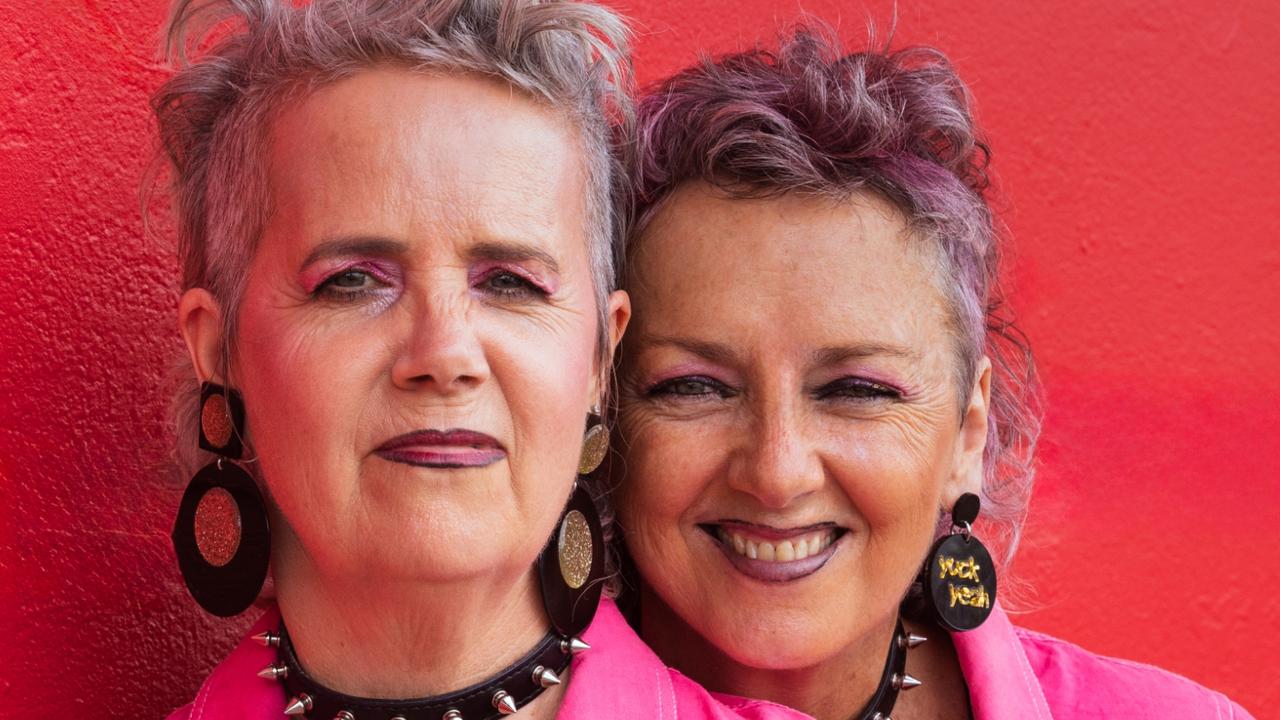NSW floods: Experts, residents warn of infections, illness from water, mud
Residents who nearly lost fingers, were left unable to move and passed viruses onto their unborn children are warning of the dangers lurking in floodwater and mud.
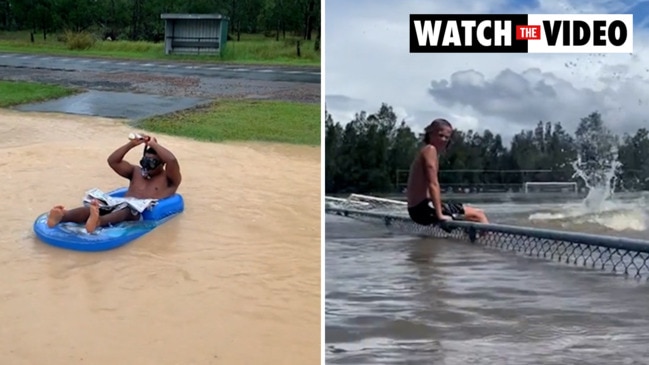
NSW
Don't miss out on the headlines from NSW. Followed categories will be added to My News.
Flood rescues and clean ups have had lasting health impacts on residents who are warning of the dangers lurking in filthy water and mud.
They said they have nearly lost fingers, passed diseases onto unborn children and been unable to move from their beds due to infections caught since the Northern Rivers was turned into a swamp.
Potentially dangerous toxins were the last thing on Lismore resident Nikelle Rasmussen’s mind when she jumped into shoulder-high floodwater to save a neighbour stranded on a roof.
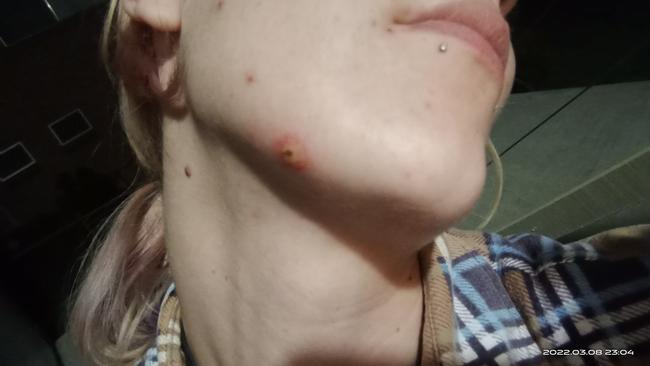
Overcome by relief that her neighbour was rescued, little did she know a small open sore had become infected.
Three days later she became extremely dizzy and unwell to the point she couldn’t move from her bed and was suffering from red, pus-filled welts.
She was treated in hospital with a tetanus shot and heavy antibiotics after learning she had major kidney and bacterial skin infections.
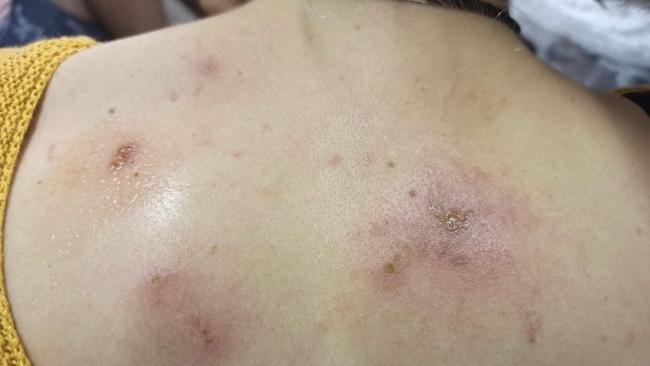
“I was terrified but at the same time embarrassed that I didn’t look into it sooner,” Ms Rasmussen said minutes after she got discharged.”
She was told she possibly had a staph infection that was hard to treat due to being resistant to many common antibiotics.
Luke Kane, also from Lismore, had spent days shovelling out mud from his completely damaged IT repair workshop, when a headache quickly progressed into a temperature, sore throat and swollen hands.
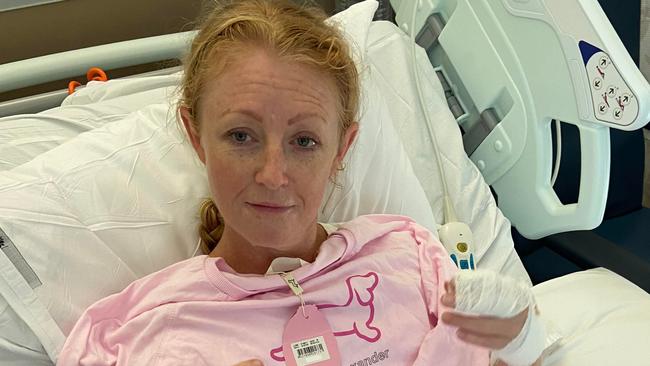
He rushed to the doctor, who said he had a bacterial spore from the flood water and put him on a five-day stint of heavy antibiotics.
“I feel like I’ve been hit by a convoy of trucks,” he said.
Mr Kane had multiple scratches and grazes at the time which he had tried to keep covered, but said it was impossible to stay clean while working around the clock to save his livelihood.
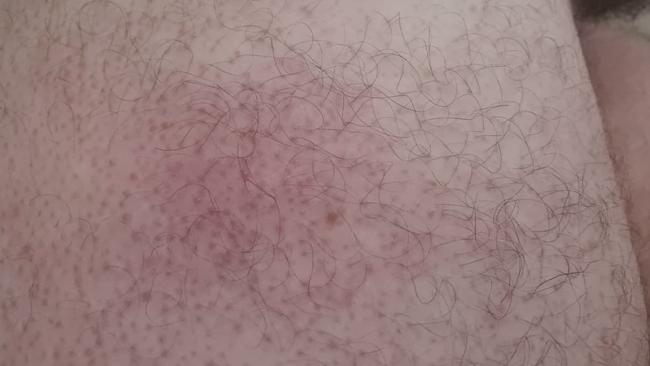
“It’s not like previous floods where we were able to get in quickly with full PPE and get things cleaned up,” he said.
“We had no water for days, delaying the cleaning process, which hasn’t helped this situation.
“Also, places including the sewerage plant and tip were flood-affected too, meaning even more dangerous water.”
Hearing those stories evoked traumatic memories for Sal Brannigan, who lived in Coraki when she caught congenital Cytomegalovirus (CMV) from infected flood water while pregnant.
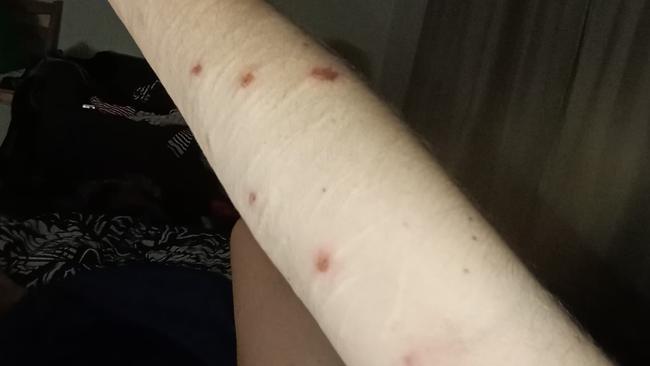
CMV is a common viral infection that can prove dangerous to people with a suppressed immune system and to unborn babies.
Ms Brannigan caught the illness while walking through flood water seeping into her home in Coraki – a town also severely hit by the recent floods – that had mixed with leaking sewage from her neighbour’s septic tank.
Despite becoming quite sick in the aftermath, fortunately she and her unborn baby were not harmed long-term.
But she wanted to warn others.

“Those small towns have so many dodgy old sewer set ups, like (there are) some that still run directly into the Coraki River,” she said.
Echoing that message was Jamie-Lee Donohoe, who nearly lost a finger cleaning out a flood-ravaged drain in the gym she managed in Grafton.
A small infected cut soon led to a swollen and red finger.
“I went to emergency and by the time they assessed me my finger was septic,” she said.
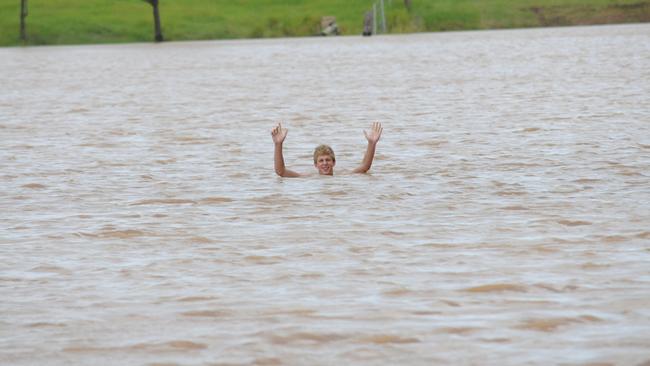
“I was told if I had left it a day later I could have lost my finger.”
Water microbiologist Professor Justin Semur warned a long list of bacterial and viral infections could be caught from either pathogens in the mud or overflowing sewage and storm water systems seeping in.
“The three main human impacts are gastrointestinal, skin infections and in some cases respiratory... though airborne infections are not as common,” he said.
“Obvious bacterial infections and echola and salmonella,” he said.
“Cholera is much rarer in contaminated waters in Australia – it’s more common in other parts of the world.”
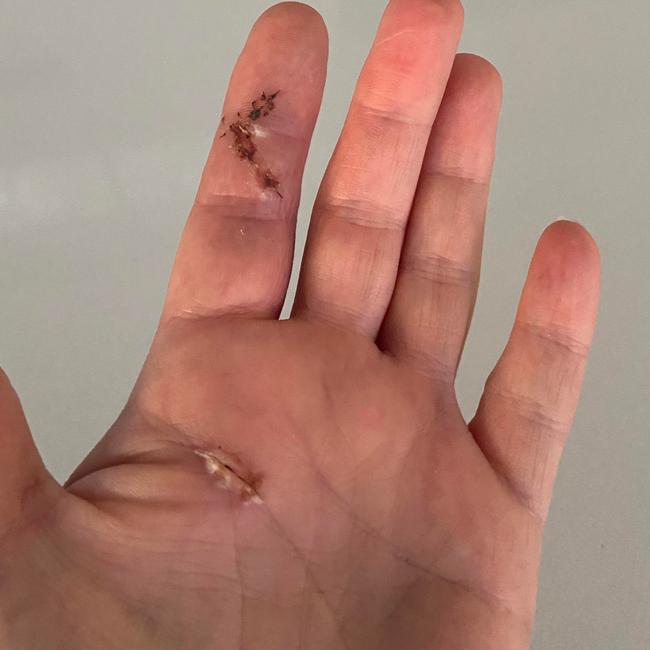
“A spore infection would be a common one that comes from the soil.”
The ocean microbiology group leader at University of Technology Sydney acknowledged it was tough for many people to avoid exposure to floodwater, the usual advice he would give to avoid infection.
But he urged people to cover up any wounds, wash hands regularly and “definitely don’t swim in flood water, which I’ve seen people do”.
One exhausted emergency department nurse in Lismore who wished to stay anonymous revealed the extent of the problem.
“There is a massive increase in people presenting with serious wounds and infections – people are requiring surgery,” they said.
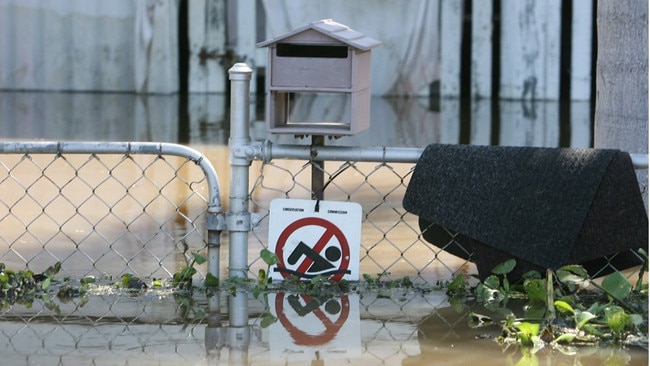
North Coast Public Health Unit director Dr Paul Douglas said northern NSW hospitals had received an rise in urgent and semi-urgent flood-related patients.
“Residents should treat all floodwater as contaminated, as it can contain hazardous substances, including raw sewage, chemicals and other contaminants which can easily make you sick or lead to infections such as leptospirosis,” he said.
Dr Douglas urged people cleaning up to wear safety equipment including boots, gloves and eye protection.
He said cuts and grazes should be immediately treated with first aid and any wound that has touched floodwater or developed redness, swelling or discharge needed urgent medical attention.
“In locations where there is a boil water alert, please follow it strictly to prevent gastrointestinal illnesses,” he said.
“Water used for drinking or food preparation should be brought to a rolling boil to make it safe.
“Kettles with automatic shut off switches can do this.”
He said people who relied on tank water should be aware of possible contamination from flood water and have their water tested if necessary.
“If in doubt, use alternative clean water until it is confirmed safe to use,” he said.
St Johns Ambulance has placed pop-up clinics in flood-hit areas across NSW, providing triage services and medical support to people who had suffered cuts and grazes.
Information can be found on their website.
More Coverage
Originally published as NSW floods: Experts, residents warn of infections, illness from water, mud





